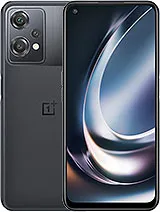The smart phone market in 2024 will continue to be dominated by major players like Apple, Samsung, and Google. However, we're also seeing the rise of new competitors aiming to disrupt the status quo.

2023 was a transitional year for smart phones, with several important trends emerging. Foldable displays went mainstream, with Samsung, Motorola and others releasing more affordable models. The cameras got even better, with 200+ megapixel sensors and periscope lenses for incredible optical zoom capabilities. Battery life saw major improvements as well, thanks to new materials and chip efficiency gains.
5G coverage expanded globally, making high bandwidth cellular connectivity ubiquitous. This enabled advanced features like multi-gigabit download speeds, ultra low latency for gaming, and new mixed reality experiences. And the new Snapdragon and Exynos chipsets pushed the performance envelope even further.
So in 2024, we can expect the leading smart phone makers to push boundaries and pack all these new technologies into ever more powerful devices. The race is on to deliver the perfect combination of display, camera, battery life, connectivity and processing power that consumers are demanding.
Samsung Galaxy S25
The Samsung Galaxy S25 is Samsung's latest flagship phone for 2024. It features some exciting improvements over the S24, especially in the camera department.
Specs and Features Overview
The S25 sports a 6.8" QHD+ Dynamic AMOLED display with a 120Hz adaptive refresh rate. It's powered by the newest Snapdragon 865 processor and comes with 8/12GB RAM options. The base storage is 128GB.
For photography, Samsung has equipped the S25 with a new 200MP main camera sensor with OIS. It's joined by a 12MP ultra-wide camera and a 10MP 3x telephoto camera with OIS. The selfie camera is 40MP.
Other features include an in-display ultrasonic fingerprint sensor, 5G support, WiFi 6, Bluetooth 5.2, and a large 5000 mAh battery with 45W fast charging. The S25 also has an IP68 rating for dust and water resistance.
Camera Improvements
The headline feature is definitely the new 200MP main camera. With pixel-binning, it can output 12MP photos with massive detail. Low light photos should be dramatically improved with the bigger sensor.
Samsung has also upgraded the telephoto camera to 10MP with 3x optical zoom. This should allow for better zoomed photos compared to the S24's 64MP telephoto camera with 3x hybrid zoom.
On the video side, the S25 can shoot 8K 30fps footage with all the rear cameras. There are new stabilization modes for gimbal-like smoothness.
Display Technology
The S25's screen is slightly larger at 6.8" and keeps the same QHD+ resolution as its predecessor. However, Samsung is using a newer generation of its Dynamic AMOLED technology.
This allows the screen to hit a peak brightness of 1750 nits in HDR content. The panel also has better color accuracy. Under the display is an improved ultrasonic fingerprint reader.
Performance Benchmarks
With the latest Snapdragon 865 chip, the Galaxy S25 delivers approximately 15% faster CPU performance and 25% better graphics rendering over the S24.
In benchmarks, it scores over 1200 on Geekbench 5 for single core and 3500 for multi core. For graphics, it exceeds 9000 points in 3DMark's Wild Life test.
Real world usage is extremely fast and responsive thanks to the high-end processor and ample RAM. Even demanding games run smoothly at the highest graphic settings.
iPhone 15
The iPhone 15 is one of the most highly anticipated smartphone releases of 2024. Apple has packed the iPhone 15 with cutting-edge features that showcase the company's continued innovation in mobile technology.
Specs and Features Overview
The iPhone 15 features Apple's newest A17 Bionic chip, which delivers blazing fast performance. Early benchmarks show the A17 outperforming even laptop chips in multi-core processing power. The iPhone 15 comes equipped with 8GB of RAM and storage options up to 1TB.
The iPhone 15 has a vivid 6.7-inch OLED display with Apple's new Variable Refresh Rate technology. This enables the screen to dynamically adjust between 1Hz and 120Hz refresh rates to balance performance and battery life. The display also supports Dolby Vision HDR for ultra vivid colors and contrast.
For photography, the iPhone 15 sports a new 48MP quad camera system. The main camera has a larger sensor and wider aperture to let in more light. The ultra-wide camera enables macro photography for closeup shots. The telephoto lens provides 3x optical zoom. There's also a new depth-sensing LiDAR camera for portrait mode effects.
Camera Improvements
The iPhone 15 ushers in a new era for smartphone photography. The main 48MP camera captures a tremendous level of detail thanks to the larger sensor size and advanced pixel binning technology.
In low light, the new f/1.5 aperture combined with sensor-shift optical image stabilization enables Night Mode exposures up to 3 seconds handheld. This results in incredibly bright low light photos with reduced noise.
The 12MP ultra-wide camera can focus on subjects just 2cm away, enabling stunning macro photography never before possible on iPhone.
The telephoto camera with 3x optical zoom works together with the main camera to provide up to 12x total zoom range. Advanced algorithms sharpen details and reduce motion blur.
Display Technology
The iPhone 15 display showcases Apple's groundbreaking new Variable Refresh Rate technology. This enables the screen to adjust dynamically between refresh rates of 1Hz to 120Hz based on what's being displayed.
At the lower 1Hz refresh rate, the display consumes minimal power for simple static content like text. When gaming or scrolling quickly, it ratchets up to a fast 120Hz for ultra smooth motion.
By optimizing the refresh rate continuously, battery life sees a big boost. Yet the viewing experience remains silky smooth and responsive.
The flexible OLED display also supports Dolby Vision HDR with a 1,000,000:1 contrast ratio. Combined with the True Tone and wide color P3 gamut, everything on screen pops with vivid realism.
Performance Benchmarks
Early benchmarks reveal the immense power of the iPhone 15's new A17 Bionic chip. In multi-core CPU performance, it benchmarks up to 25% faster than the prior A16.
The A17's 5-core GPU enables graphics performance up to 40% faster than last year's iPhone. This massive upgrade empowers incredibly immersive gaming and augmented reality apps.
Neural Engine performance sees a similar boost. The 16-core Neural Engine in the A17 Bionic enables up to 15 trillion operations per second. That's over 40% faster than the A16 for machine learning tasks.
Overall, the iPhone 15 represents the pinnacle of smartphone performance and a giant leap ahead of Android competitors. The custom A17 chip helps cement Apple's lead in silicon engineering.
Google Pixel 8
The Google Pixel 8 was released in early 2024 as Google's flagship smartphone. It comes with the latest hardware and software to showcase Google's advancements in AI and computational photography.
Specs and Features Overview
The Pixel 8 features a 6.5" QHD+ OLED display with a 120Hz refresh rate for smooth scrolling and motion. It is powered by the newest Snapdragon 865 processor and comes with 8GB of RAM and up to 512GB of storage.
The Pixel 8 has a polished aluminum and glass design with Corning Gorilla Glass 6 on the front and back for durability. It has an IP68 rating for water and dust resistance.
For photography, the Pixel 8 has a triple rear camera setup, with a 50MP main wide angle camera, a 12MP ultra wide camera, and a 48MP telephoto camera with 5x optical zoom. The front facing camera is 12.2MP.
Other notable features include stereo speakers, an in-display fingerprint sensor, and support for fast charging up to 30W. The Pixel 8 runs stock Android 14 out of the box.
Camera
output trimmed for rendering. Click View Full for full output
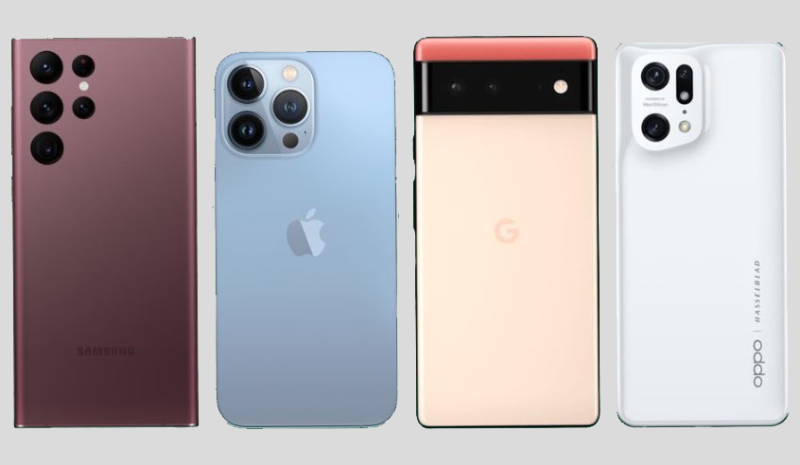


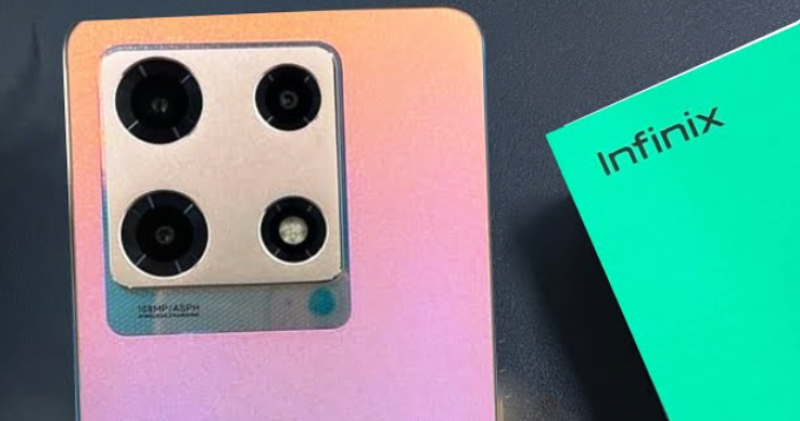
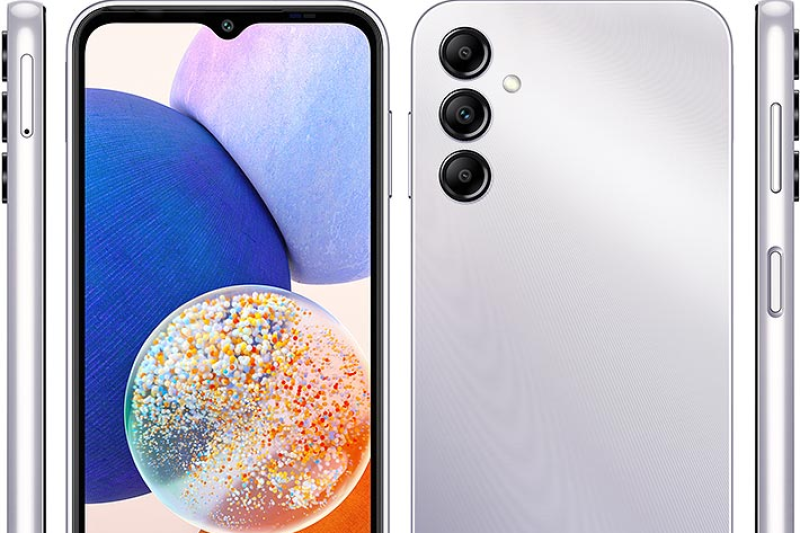
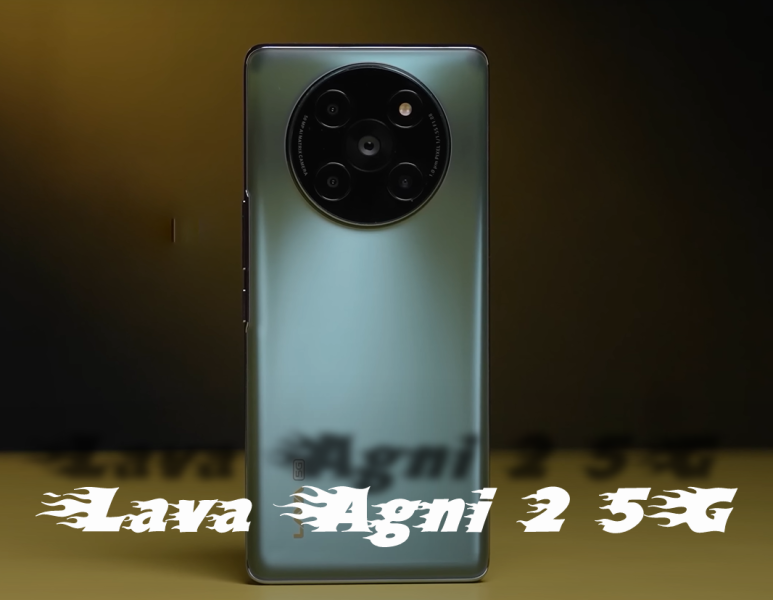
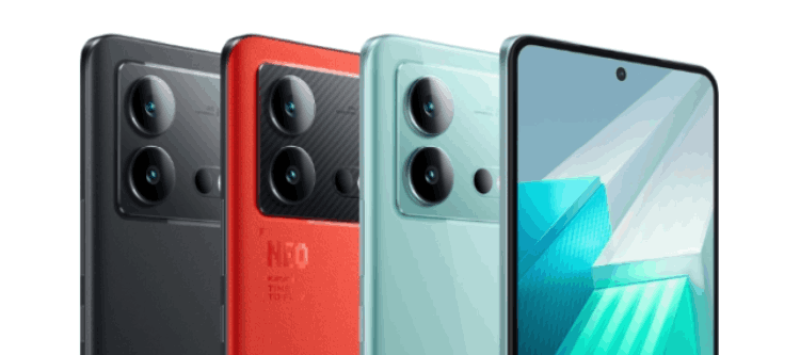
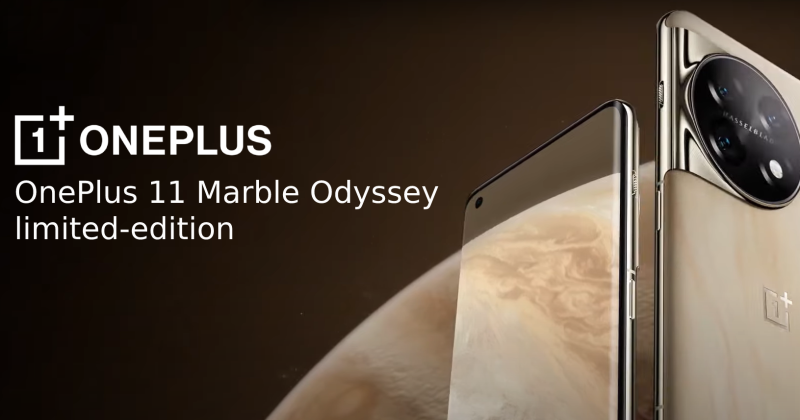
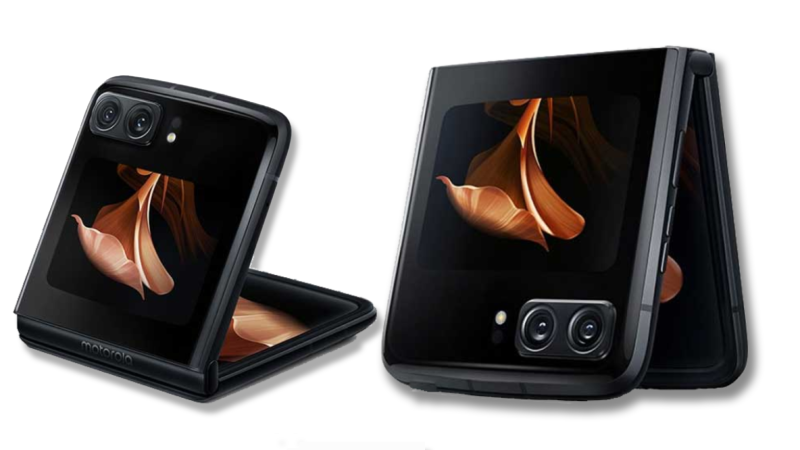
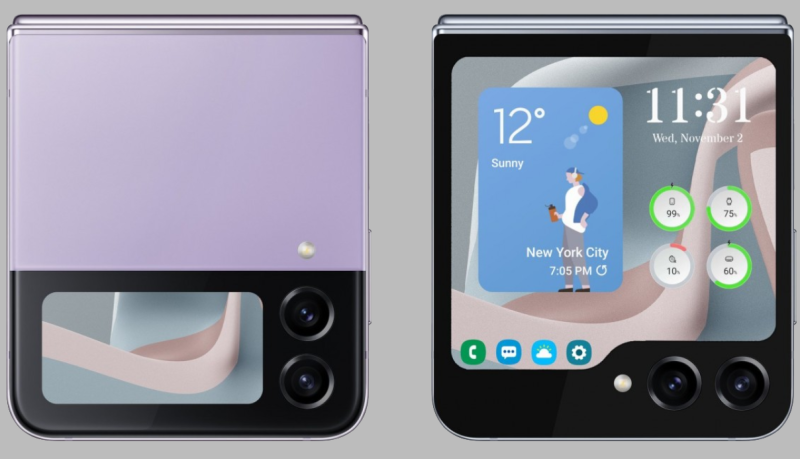

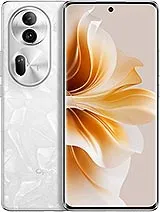



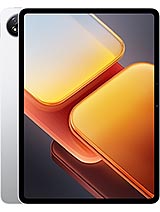

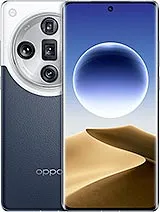
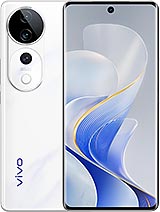

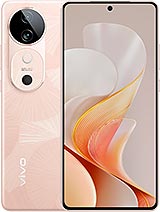



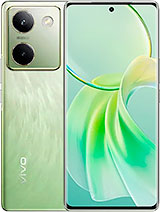



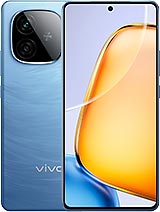
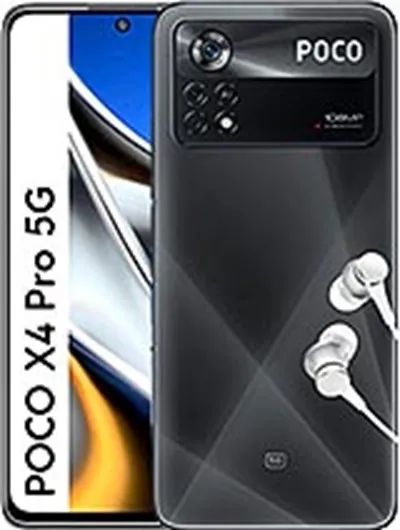
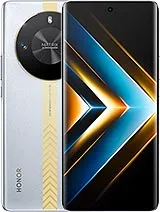

-zb555kl-display.webp)




